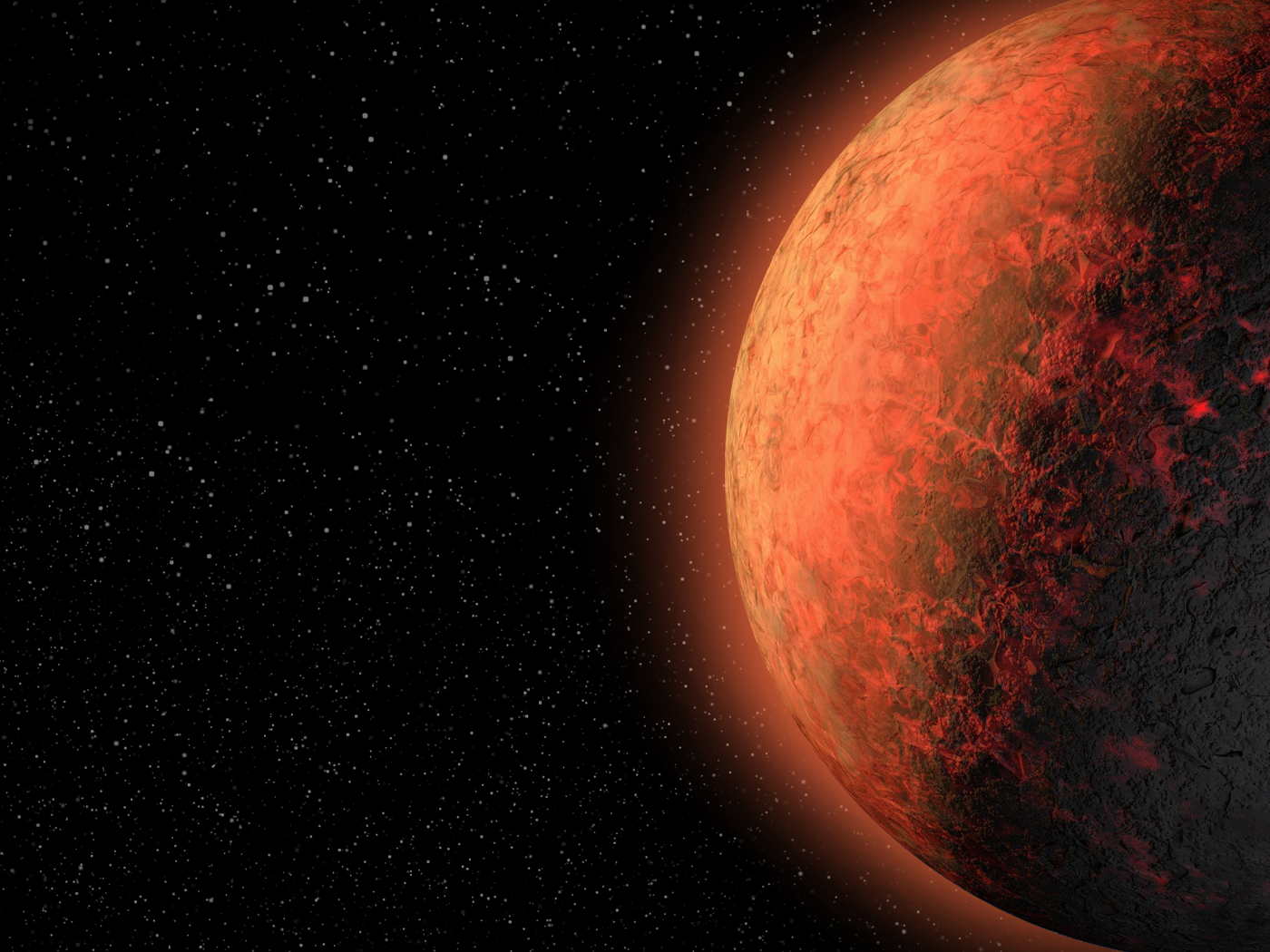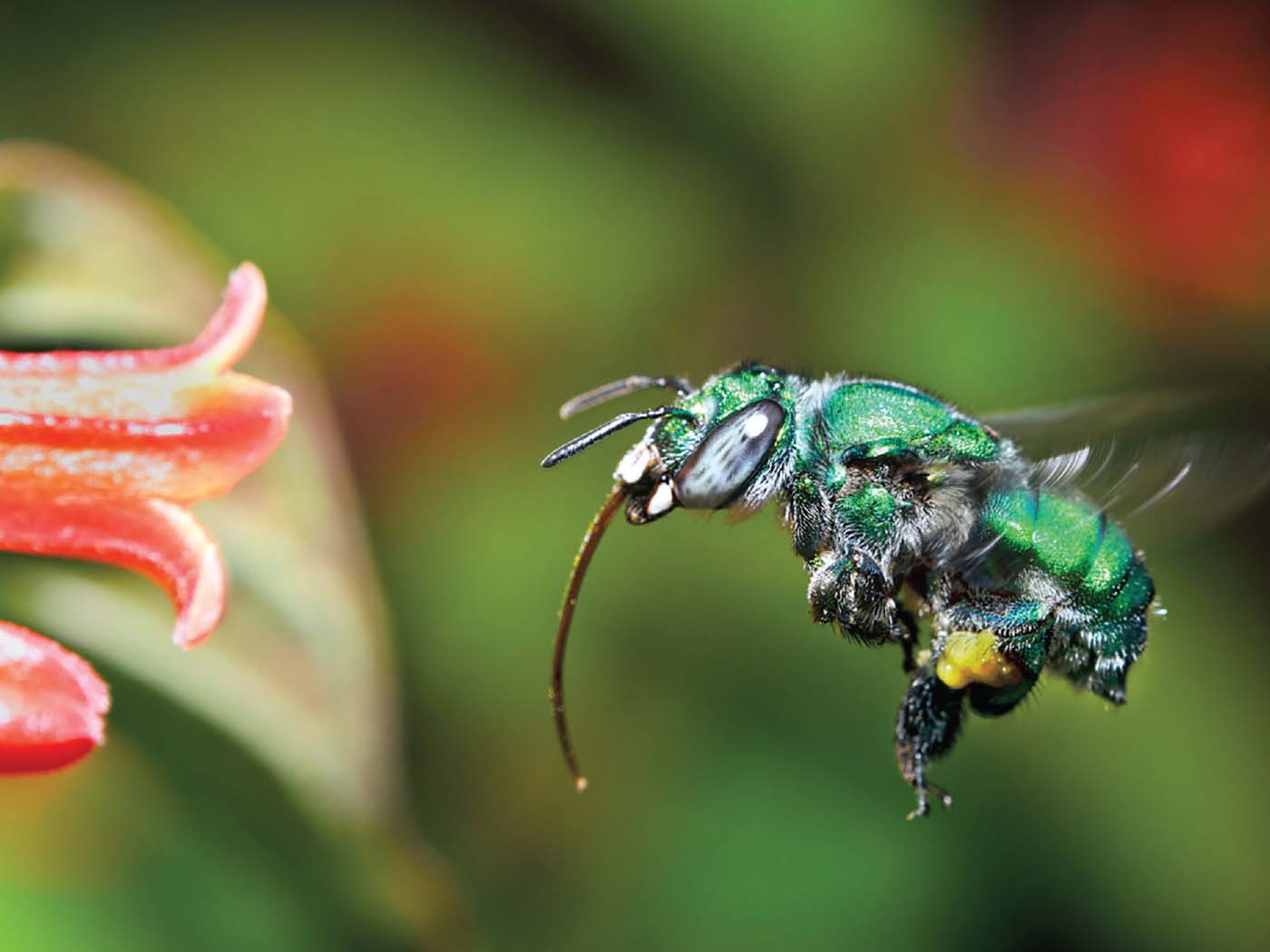
Extraordinary Mosasaur Fossil Reveals Original Soft Tissues
Mosasaurs were 40-foot-long marine reptiles with fearsome teeth. Presumed to be extinct, they have been found as fossils on every continent. One unique mosasaur fossil has been housed at the Dinosaur Institute of the Natural History Museum of Los Angeles County for over 40 years.

How Long Can Cartilage Last?
School children have been told that it takes long ages for a fossil to form and that fossils have been buried under deep rock layers for millions of years. However, increasing discoveries of fossils with soft tissue show clear evidence that refutes both claims.

Study Demonstrates Complex Cells Could Not Evolve from Bacteria
One mystery that naturalists have yet to solve is how randomly shaped and distributed chemicals were organized, concentrated, and combined into the first living bacterial cell. The next great mystery is how eukaryotic cells—or cells with a nucleus—could have come from bacteria.

Ancient Wooden Door Has 'Remarkable' Design
Glimpses of the past can sometimes be unearthed in the most ordinary places. In a dig for an underground parking facility for the Zurich opera house in Switzerland, evidence of ancient human occupation has been uncovered. Local archaeologist Niels Bleicher found of particular interest a well-preserved wooden door.

Saying Goodbye to Giant Salamanders
Chinese giant salamanders are the largest in the world, with some in recent history growing as long as six feet. Lately, however, this unique amphibian has been driven toward extinction through loss of habitat and other factors. Fifteen of the few remaining specimens were recently lost at the World Expo 2010 in Shanghai, dampening hopes for recovery efforts.1












